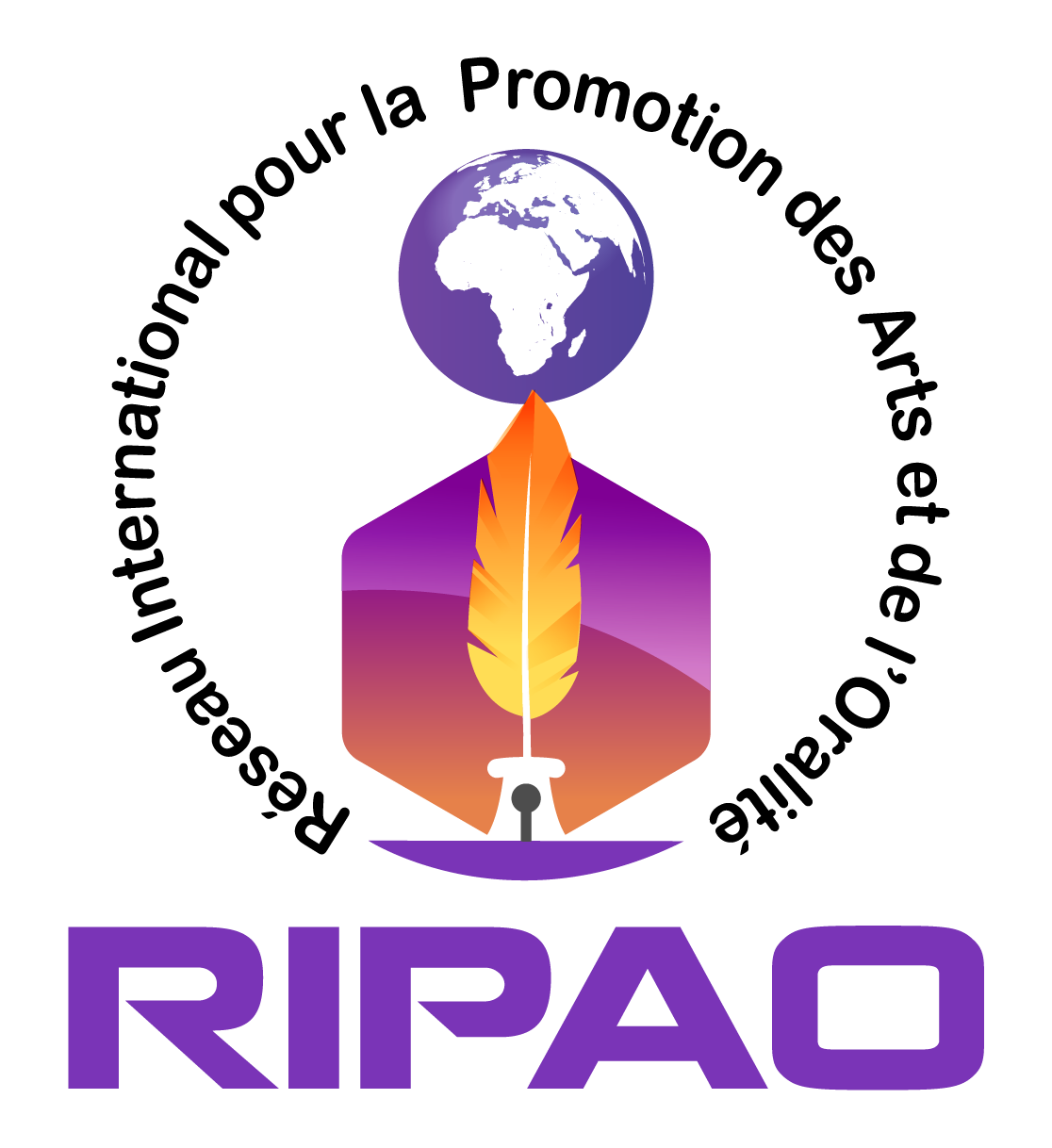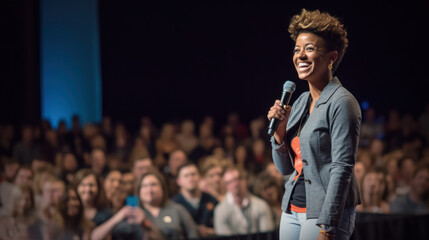The Rebirth of Speaking societies: theories, methods and practices
1. SCOPE
The great majority of history writers taught us the importance of public speaking and effective communication in many areas of life. Aristotle, in his book Rhetoric, definesart ofspeech as the ability to discover the means of persuasion in every situation. According to him, a good speaker must master three key elements: logos (the contents of the speech), pathos (the emotion that the speech stirs in the audience) and ethos (the speaker’s credibility and authority). Cicero, a famous ancient lawyer and politician, also wrote many works on public speaking, including De Oratore. According to him, public speaking is a combination of verbal and non-verbal skills, and a good speaker must have a thorough knowledge of his subject, natural eloquence, a strong and clear voice, and a charismatic presence.
Dale Carnegie, author of the acclaimed book How to Win Friends and Influence People (2014), emphasized the importance of public speaking /art of speech in interpersonal and professional relationships. According to him, a good speaker must be able to listen attentively, to speak clearly and to persuade effectively.
French lawyer Bertrand Périer, in his book La parole est un sport de combat (2017), while noting the importance of this practice, points out that it should not be left to a few teachers. Narcisse Fomekong, a teacher-researcher in philology and public speaking, and Rosa Maria Fala, a French teacher, have followed suit by producing a teaching manual for trainers: La pédagogie à travers le débat-éloquence: un guide pour les formateurs (2023).
These recent write-ups, after a drop of public speaking or art of speech in the 18th and early 19th centuries (Malepeyre, 1827), are flourishing along with a mass creation of public speaking societies, the organization of debate championships (the Lebanese International Championship, the Pan-African Debate Cup, RIDEF, Les Débats Oratoires, Oratoruim, etc, the setting up of training courses in public speaking, the return of public speaking courses in schools and academies, etc. We are therefore in the midst of a rebirth of oral practices in the digital age.
In order to launch the 1st World Forum on Public Speaking in November 2026 in Yaoundé, Cameroon, the International Network for the Promotion of Speech Art (INPAS) (https://www.ripao.org/), in partnership with the subsequent bodies :
-The Speaker’s House ( https://maison-orateur.com/ )
– Africa Gawlo (https://web.facebook.com/africa.gawlo )
– The African Confederation for the Arts of Speech (https://www.facebook.com/CAAPAFRIQUE/ )
– The African Communication Forum (https://affocom.com/forum/ )
– Kabod Group (https://kabodgroup.com/ )
– Cameroon Debate Association (https://debatecameroon.org/cda-2/ )
– And the Fédération Francophone de débat (https://ffdebat.org/ )
releases a call for contributions/papers with the aim to publish a collective work on oral practices according to the following themes:
Theme 1: Art of speech, theories and methods;
Theme 2: Art of speech, pedagogical/didactic tools and oral practice;
Theme 3: Public speaking/art of speech and digital technology.
Articles may be written in French or English and cover a variety of subjects pertaining to the aforementioned themes. For example:
– What is art of speech?
– Fields of art of speech
– Theories related to art of speech
– Art of speech and (oral) traditions
– Country experiences in art of speech
– Public speaking societies and how they function
– The history of art of speech on different continents and in different countries
– International art of speech/ public speaking competitions
– The different public speaking styles
– The different debate styles
– Other art of speech styles
– Innovative art of speech practices
– Digital tools/platforms used in art of speech
– The challenges and pitfalls of art of speech in the digital age, etc.
2- DRAFTING PROCEDURES
2-1-Summaries
Presentation of the author: full name, organization, e-mail address
– Title: in Time New Roman, size 14, single-spacing, centered
– Text: written in English or French, Time New Roman, size 12, line spacing 2
– Length: 250 words maximum
–Keywords: 5
2-2-Final article
– Author identification: first and last name, organization; e-mail address
– Title: in time new roman, size 14, single-spacing, centered.
– Text: written in French or English, in Time New Roman, size 12, line spacing 2.
– Length: 10 pages maximum
2-3- Quotations, references, images and tables
2-3-1-Quotations
– Less than five lines: in the body of the text, between inverted commas, size 12, line spacing 1.5.
– More than five lines: separated, indented by 1 cm, without inverted commas, single-spaced, size 10.
2-3-2-References
– One author: BINYOU (2023) / (BINYOU, 2023) / (BINYOU, 2023:13)
– Two authors: (KANA & FOTSING, 2019)
– More than two authors: Name of first author and others (ONCHOA and others., 2006)
2-3-3-Images and tables
All images must be free of copyright. They must be centered, preceded by the title and followed by the source or the author’s name.
All tables must have a title.
2-4-Bibliography
– Entire book: Author’s surname, First name, (Date), Title of book (edition, volume), Name of publishing house. DOI or URL.
Example: ONG, Walter, (1982), Orality and Literacy. The technologizing of the word, Methuen.
– Periodical article: NAME of author, First name, (Date), “Title of article”, Name of journal, volume, (number), pages, DOI or URL.
Example: ARTERIANUS-OWANGA, Alice, (2015), “‘Orality is my reality’ : the identity stakes of the ‘oral’ creation in Libreville hip-hop practices “, Journal of African Cultural Studies, vol.27, N0 2, pp. 146-158, www.tandfonline.com/doi/ref/10.1080/13696815.2014.987222 .
– Chapter/article in book: NAME of author, First name, (Date), “Title of chapter”, in NAME of author, First name, (dirs.), Title of book, (pp. range of pages in chapter). Name of publishing house. DOI or URL
Example: NOUMBISSI WAMBO, Joseph, (2013), “Le genre dans la littérature orale africaine : essai pour une classification nouvelle” in DILI PALAI, Clément and PANGOP KAMENI, Alain Cyr (dirs.), Littérature Orale africaine, Décryptages, reconstruction, canonisation, L’Harmattan, pp. 21-37.
– Dissertation and thesis: NAME of the author, First name, (Date), Title of the dissertation [Dissertation, Name of the institution], Name of the database, URL.
Example : NGNAOUSSI ELONGUE, Christian Cédric, (2017), Littérature d’enfance et de jeunesse en Afrique contemporaine : état des lieux et perspectives pour la légitimation et la promotion du livre de jeunesse au Cameroun à travers un site web , [dissertation defended at Senghor University in Alexandria], Les classiques des sciences sociales,http://classiques.uqac.ca/contemporains/NGNAOUSSI_ELONGUE_Cedric_Christian/litterature_enfance_et_jeunesse_Afrique/illustrations/fig_13.html.
– Other online documents: NAME of the author, first name, (Date), “Title of the document”, Name of the site, URL, consulted on ….
Example : FOMEKONG DJEUGOU, Narcisse, (2022), “L’oralthérapie”, Thot Cursus, https://cursus.edu/fr/24899/loraltherapie, consulted on 17 June 2023.
– Report: NAME of the organization/NAME of the rapporteur,(date), Title of the report, Name of the source (if different from the name of the organization), URL, date of consultation (if online).
Example: RIPAO-INTERNATIONAL, “annual activity report 2021-2022” (2022), https://www.ripao.org/wp-content/uploads/2023/03/Rapport-dactivite-2020-RIPAO.pdf , consulted on 20 June 2023.
– Dictionary: Author/Name of dictionary, (Date), “word sought”, URL (if online dictionary).
Example: Larousse, (2020), “debate”, https://www.larousse.fr/dictionnaires/francais/d%C3%A9bat/21767 .
3-SUBMISSION PROCEDURES
NB: A candidate may submit up to two articles. Articles can be co-authored by several authors.
How should papers be sent?
Articles must be sent by 30 october 2023 latest, to the email adress: office@ripao.org , with the following three addresses in copy: fomekong@ripao.org , africagawlo@gmail.com , maisondelorateur@gmail.com .
4-CALENDAR
1 July 2023: launch of the call on all websites and platforms, and collection of abstracts.
30 October: call closed
1st to 15th November: notification of selected authors.
15 November to 15 December: collection of articles, evaluation and suggestions for corrections.
15 December to 15 January: collection of final articles.
Febuary 2024: editing
March 2024: publication
4-EDITORS
Binyou-Bi-Homb Marius Yannick: Co-founder of INPAS
Pangop Kameni Alain Cyr: University Professor and communication expert
Fomekong Djeugou Narcisse: Teacher and investigator in oral practices
Elongué Ngnaoussi Christian: President of INPAS (2018-2022)
For further information, please contact us on: office@ripao.org


